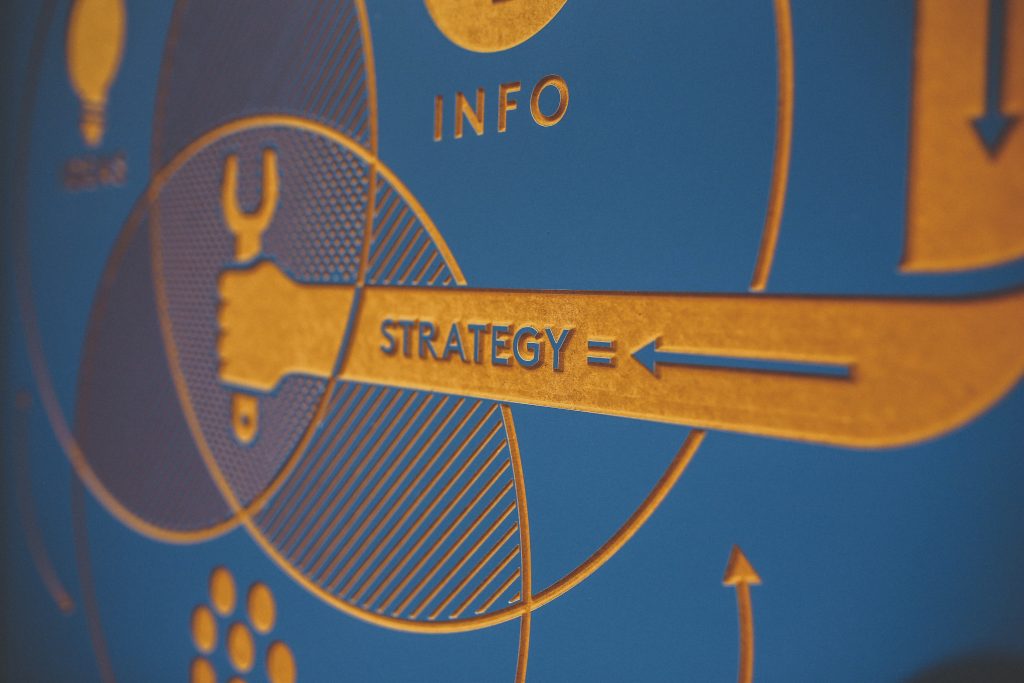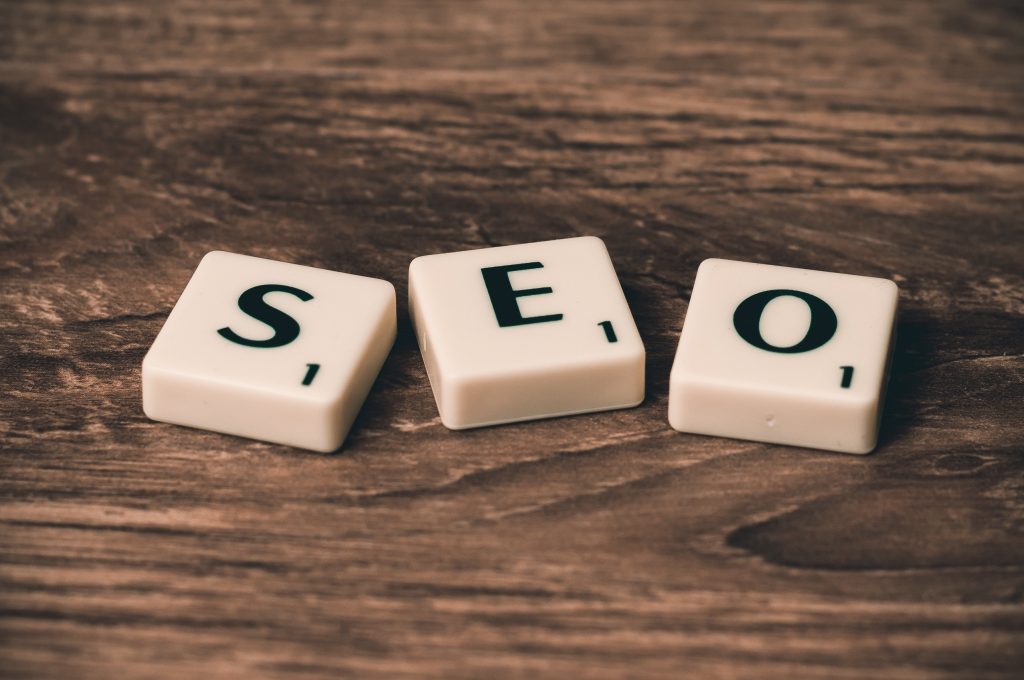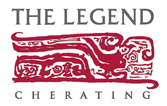The many types of digital marketing
There are as many different specialities in digital marketing as there are different methods of communicating with people via the use of digital media. Here are a few significant examples.
Search engine optimization (SEO) is the process of improving the visibility of a website in search results.

Technically speaking, search engine optimization, or SEO, is a marketing technique rather than a kind of marketing in and of itself. Specifically, “the art and science of making online pages appealing to search engines,” as defined by The Balance.
Search engine optimization’s “art and science” component is the most significant portion. SEO is a science in that it requires extensive study and weighing of many contributing aspects in order to attain the best potential ranking results. Today, the most significant factors to take into consideration while optimising a web page are as follows:
- Content of high quality
- The degree to which users are engaged
- Mobile-friendliness
The number and quality of incoming connections are important factors.
SEO is a science because of the planned use of these principles, but it is also an art because of the unpredictable nature of the results.
There is no definable criteria or consistent strategy for ranking well in search engine optimization. Because Google’s algorithm is continually changing, it is hard to make accurate predictions about its behaviour. However, you can improve the performance of your website by regularly monitoring it and making improvements as needed.
Content marketing is a kind of marketing that uses written content to promote a product or service.
Search engine optimization (SEO) is a critical component of content marketing, which is a strategy centred on the dissemination of relevant and value material to a target audience.

In content marketing, like in any other marketing technique, the ultimate aim is to acquire leads who will eventually convert into consumers. However, it does this in a different way than conventional advertising. Instead of tempting prospects with the promise of future value from a product or service, it provides value for free in the form of textual content.

